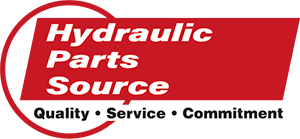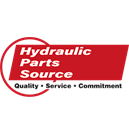Filter Your Search
 Category Group
Category Group
No Filtered Results...
Shop by Category
Loading...
Search Results



